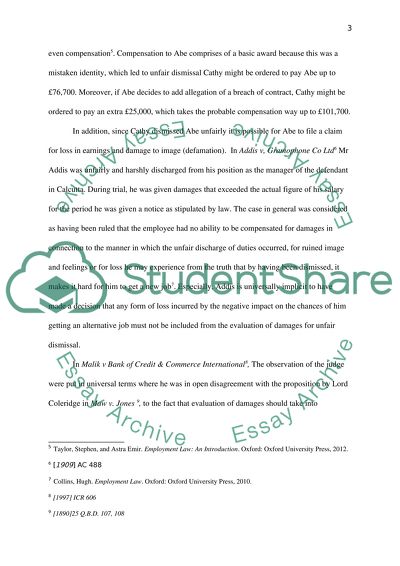Cite this document
(“Employment Law uk Essay Example | Topics and Well Written Essays - 1750 words”, n.d.)
Retrieved from https://studentshare.org/law/1634875-employment-law-uk
Retrieved from https://studentshare.org/law/1634875-employment-law-uk
(Employment Law Uk Essay Example | Topics and Well Written Essays - 1750 Words)
https://studentshare.org/law/1634875-employment-law-uk.
https://studentshare.org/law/1634875-employment-law-uk.
“Employment Law Uk Essay Example | Topics and Well Written Essays - 1750 Words”, n.d. https://studentshare.org/law/1634875-employment-law-uk.


